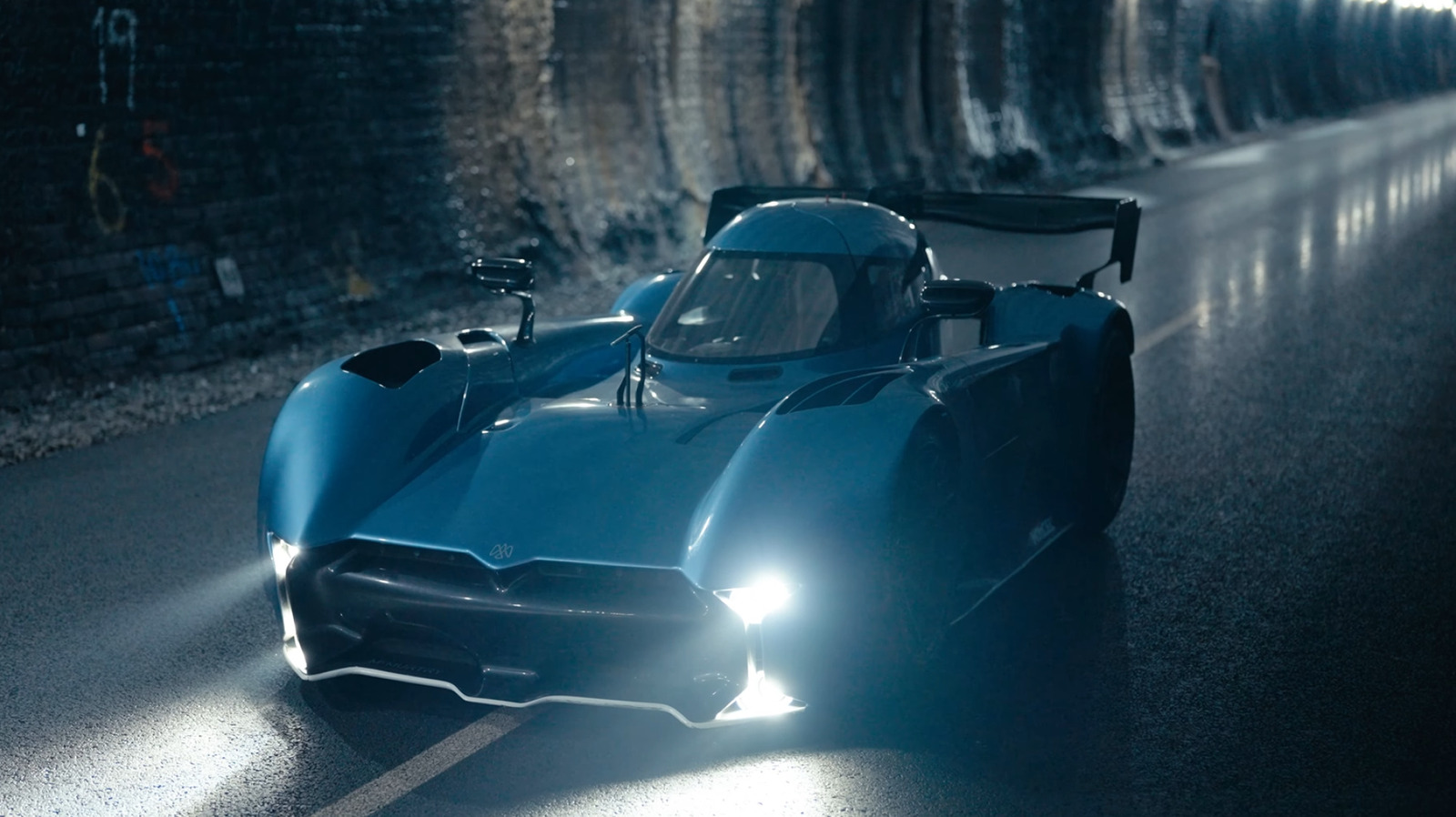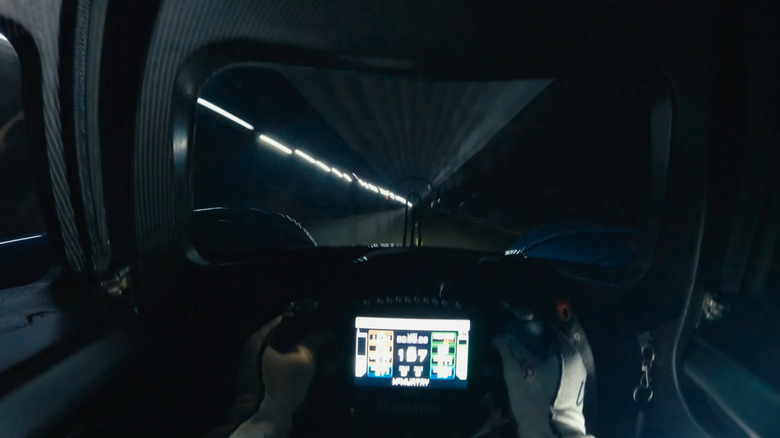When it comes to developing a new electric supercar, all kinds of computational models are used to find out just how fast and aerodynamic the new machine will be. But when the time comes to test the car’s performance in the real world, engineers call for something much less high tech: a nearly two-mile tunnel in England that was built by the Victorians.
The Catesby Tunnel is an abandoned railway tunnel in Northamptonshire, England. The tunnel ran trains on the Great Central Main Line between Sheffield and London for almost 70 years, before it was abandoned in 1966 when the lines changed.
Since 2017, the 1.6 mile tunnel has lived a new life as an underground aerodynamic testing facility. Now, the team behind the McMurtry Spéirling has shared a film about how it uses the empty tunnel to fine tune the complex aerodynamics on the fastest accelerating electric vehicle.
A wind tunnel with no wind
During the development of the Spéirling, the engineers used computational fluid dynamics and wind tunnel models to create the aerodynamic bodywork that helped the wild EV set the record on Goodwood’s historic hill climb.
But the way that a car behaves in a computer simulation or in the wind tunnel can be very different to the way it acts on the road, and that’s exactly where the Catesby Tunnel comes in. The facility has a 1.6 mile road running through it, and because it’s underground there’s no wind, rain, or other variables to mess with the data collected.
In this stable environment, McMurtry can repeatedly run the car up and down collecting data about the windspeed around the car, pressures over its surfaces, and its ride height using sensors positioned all over the car. The team then compares the data collected in the tunnel to what it projected using its computer simulations, to ensure the two match up.
Fewer variables at play
The process of validating tests in this way is similar to the way Formula 1 teams use flow-vis paint and aero rakes in testing to see how their cars perform on track. However, by carrying the tests out in a controlled environment like the Catesby Tunnel, there are fewer variables like weather and road surface to account for.
Testing in a tunnel does have its challenges, though, as the team can’t rely on GPS data to check speeds and performance. Instead, they have to analyze footage from onboard cameras pointed at the wheels. They calculate the wheel speed in the footage, and then extrapolate this to get an accurate speed measurement for the car.
The film is a lot of fun, and there are some particularly rad shots of the Spéirling blasting through the darkness at 160mph. The smooth surface on the roof of the tunnel does leave me wondering if this could be the place where all those downforce claims–that cars can drive upside down–could one day be put to the test.




